Why do we bend back in yoga?
4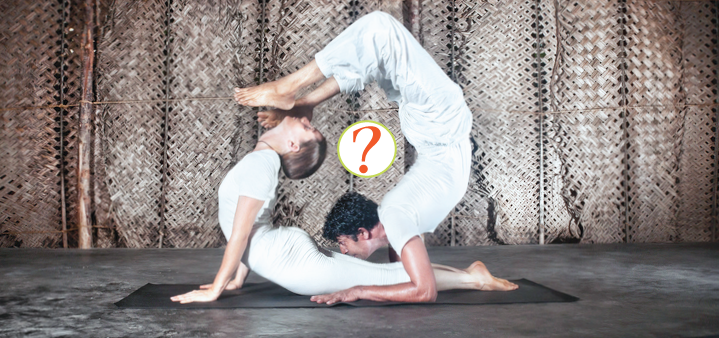 If you follow any famous yogis on Instagram, you will inevitably see many beautiful, glamorous images of backbends in your feed. There is something about backbends that makes the practitioner look strong, capable and accomplished. I remember the time when I was obsessed with mastering the Scorpion pose (like the one above). Unfortunately, whenever I had attempted it, I would collapse into my lower back, simply because I had a lot of mobility there and not enough core strength to support myself. By the time I developed the necessary core strength, I lost interest in the Scorpion (funny how that works).
If you follow any famous yogis on Instagram, you will inevitably see many beautiful, glamorous images of backbends in your feed. There is something about backbends that makes the practitioner look strong, capable and accomplished. I remember the time when I was obsessed with mastering the Scorpion pose (like the one above). Unfortunately, whenever I had attempted it, I would collapse into my lower back, simply because I had a lot of mobility there and not enough core strength to support myself. By the time I developed the necessary core strength, I lost interest in the Scorpion (funny how that works).
So why are we so attracted to those beautiful deep backbends? Is it vanity, or do they actually do something good for the body?
Structurally speaking, the primary purpose of all backbends is to stretch the front structures of the body (chest, solar plexus, hips and thighs). We need to remember that all of those structures are interlinked via fascia, so tension and restriction in one area is likely to affect the other structures along the same line of pull. Thomas Myers in his book Anatomy Trains calls this particular line of pull that runs along the front of the body, the Superficial Front Line (SFL).
This line of pull is best understood in relationship to the Superficial Back Line (SBL) that runs along the back of the body. These two lines work in opposition to keep the body upright every waking hour. SFL and SBL have a reciprocal relationship that is similar to the rigging of the boat that holds the mast in place. To balance each other out, the back line pulls down from the bottom to the top, while the front line needs to pull up from top to bottom. Any sort of imbalance in this relationship will affect our posture, the way we move our bodies and how different body parts relate to each other.
Different back bends give us an opportunity to stretch different parts of the Superficial Front Line, but whatever pose we do, we need to focus on the upward lift through the front of the body. This is why you will often hear the instruction to “Lift the chest away from the navel”. This is the most important quality of the backbend, not how far you actually bend back.
The secondary purpose of all backbends is to strengthen the muscles of the back (and it actually becomes primary for some prone poses, like Cobra). This is a really important point to remember when we attempt deep backbends. Collapsing into one’s lower back while attempting deep backbends is a pretty common occurrence in the bendy yoga world. The deeper we go, the riskier it becomes. We need to remember to protect our lower backs when bending backward.
Now let’s take a look at different types of back bends and what we can expect to get out of them.
Group 1 poses are mostly used for the purpose of strengthening the back. We need to avoid using arm leverage here and instead use the muscles of the back to lift the upper body and/or legs up against gravity. This is how we develop back strength and stability.
Group 2 poses utilize the muscles of the back as well as arms and shoulders to lift against gravity and generate the back bend. Here it is necessary to pull the shoulder blades down and in to push the chest forward and up.
Group 3 poses use the muscles of the arms, shoulders, legs and hips to push up into the arch. Because of this leverage deeper back bending is possible, but it also comes with more risks.
Group 4 poses are asymmetrical, which means that in addition to stretching the chest and abdomen, they facilitate the stretch of the hip flexor muscles. The asymmetrical nature of those poses also makes them ideally suited to work with body imbalances to stretch and strengthen the two sides of the body separately.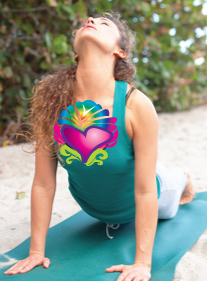
The poses out of all four groups are commonly used to manifest the idea of “heart opening”. Those types of practices had become very popular, second only to “hip opening” practices, it seems. It is completely understandable – in our time of collapsed chests and constant agitation, “heart-opening” practices help us reverse the computer posture, breathe deeper and feel more open and confident. Although I must admit that after reading “Eat. Pray. Love.” by Elizabeth Gilbert, I have a slightly different association with this phrase. In the book, one of the characters (who is based on the real person) keeps praying to God: “Please, please open my heart”, and then ends up having open heart surgery. This is certainly not the heart-opening that we are after. 🙂
Mastering strong back bends can give you an incredible sense of accomplishment. It is fantastic if it translates into feeling empowered in the day-to-day life. But sacrificing the health and stability of your lower back for a fancy pose isn’t worth it. Next week we will focus on the technique – how we can minimize the risk of the backbends, while maximizing the benefit. Tune in!

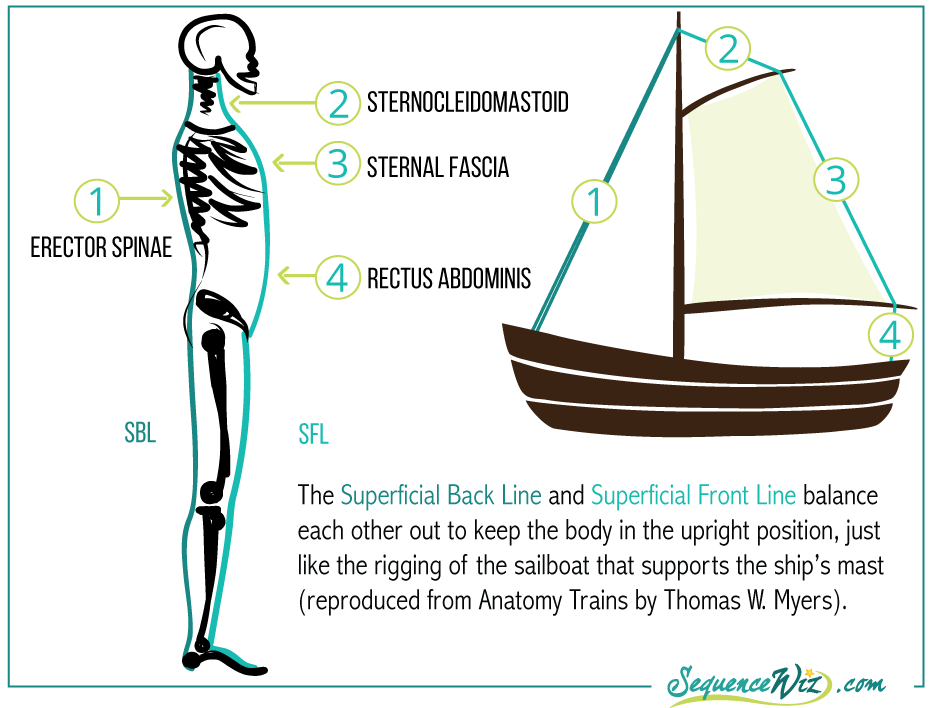
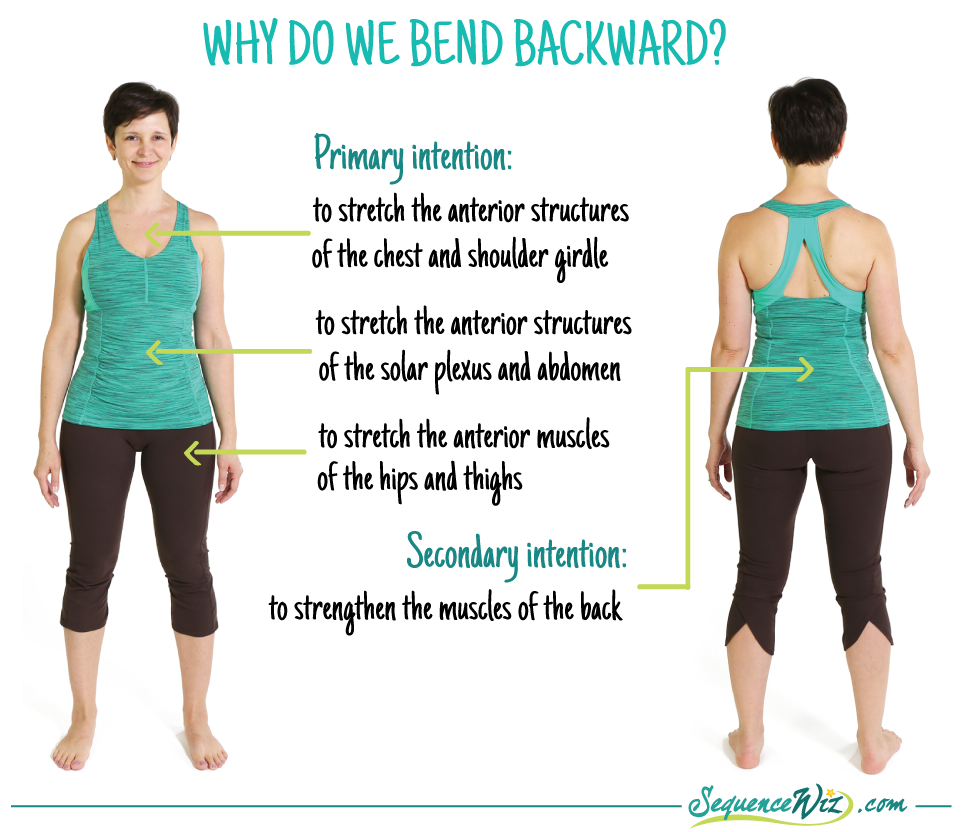
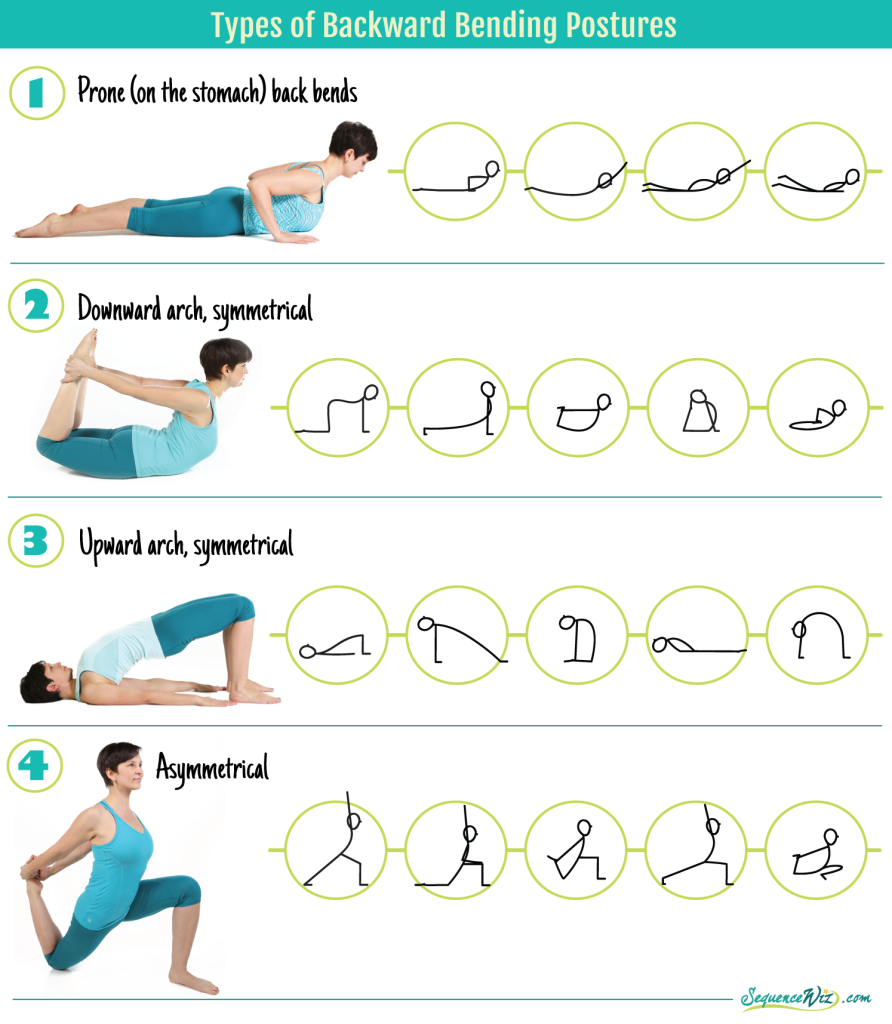
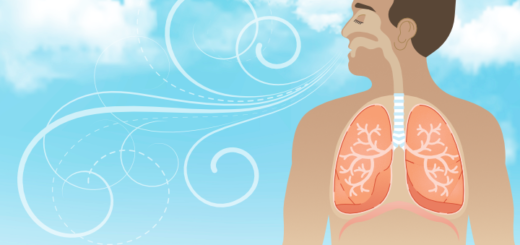
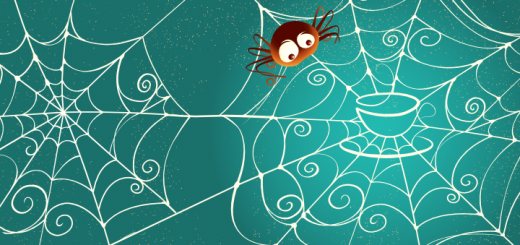
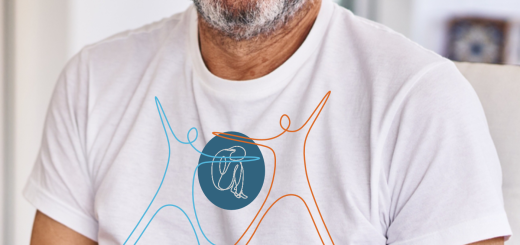
















I wish I had read this article 20 years ago, Olga. But maybe I wasn’t ready to hear it. For years I had what many yoga teachers called a very strong advanced practice. The deeper and bendier I went, the more I was recognized and urged to go further. I was constantly dumping into my low back in “advanced” poses like scorpion. At one point, I knew something was wrong with having to pop two motrins before my daily practice. Now with two blown shoulders, one shoulder surgery, hand surgery, AND extreme low back pain, I know what “advanced” really means: to be fully present and aware. I now have a steady but much stronger practice. I am present and mindful of all my superficial and subtle sensations. And I am thankful for the experiences over the past 20 years, because without them, I wouldn’t be who I am right now. Thank you for posting these blogs. So much wisdom and compassion is felt in your words.
Thank you for your wonderful comment Teresa and so sorry to hear about everything you had to go through. I couldn’t agree more with your definition of “advanced” yoga practice and wish it was a bit more wide-spread 🙂 Everybody has their own path, but wouldn’t it be nice if that path wasn’t full of injuries? A yoga sutra comes to mind: “Unnecessary suffering must be avoided.” At least you and I can spread the message now: “We’ve been there, it’s not worth it, look within!” or something like that 🙂
Wheel pose is one of my favourite poses in yoga. It makes me feel open and strong at the same time.
I agree that a lot of backbends are strong poses and it is sometimes hard to know if our body is ready to get into them safely. Sometimes we tell ourselves that we cant do it, but it’s really fear talking. And sometimes we push ourselves too far, and it’s our ego talking.
I think as teachers part of the message we ought to send our students is finding the balance between challenging ourselves while listening to what our bodies are telling us – not an easy thing!
Love your posts 🙂
Thank you for your comment Anne-Laure, I couldn’t agree more! “Finding the balance between challenging ourselves while listening to what our bodies are telling us” – beautifully put! I would also add that it is teacher’s responsibility to prepare a student for stronger poses both short-term and long-term. We got to challenge ourselves and our students responsibly!